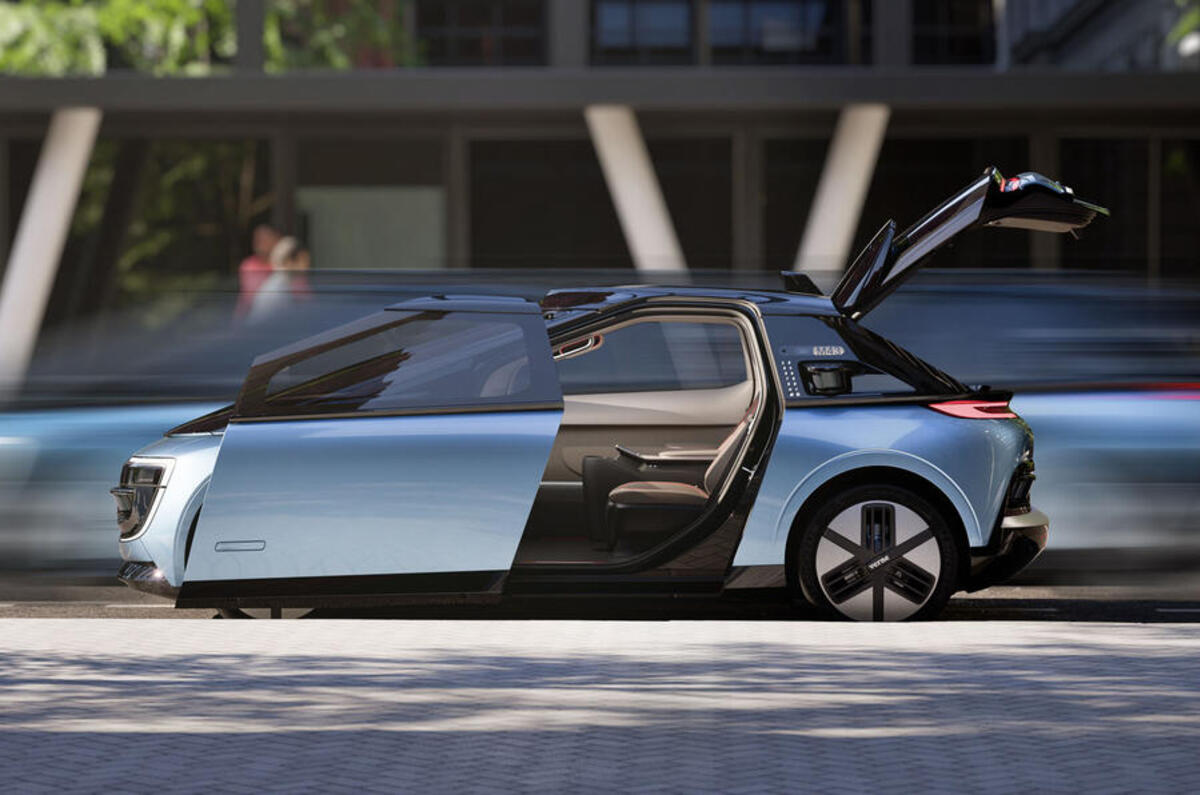Optimism about robotaxis has returned to the automotive industry, albeit in a modified form after recent exposure to the harsh realities of creating a fleet of fully autonomous vehicles (AVs).
Uber CEO Dara Khosrowshahi said on 6 August that the ride-hailing giant was in “late-stage” discussions with unnamed global AV developers to join the Uber platform, meaning that app users could find a driverless car in front of them sooner rather than later. “Right now, the economics and the math are definitely working,” he said on Uber's second-quarter earnings call.




Add your comment